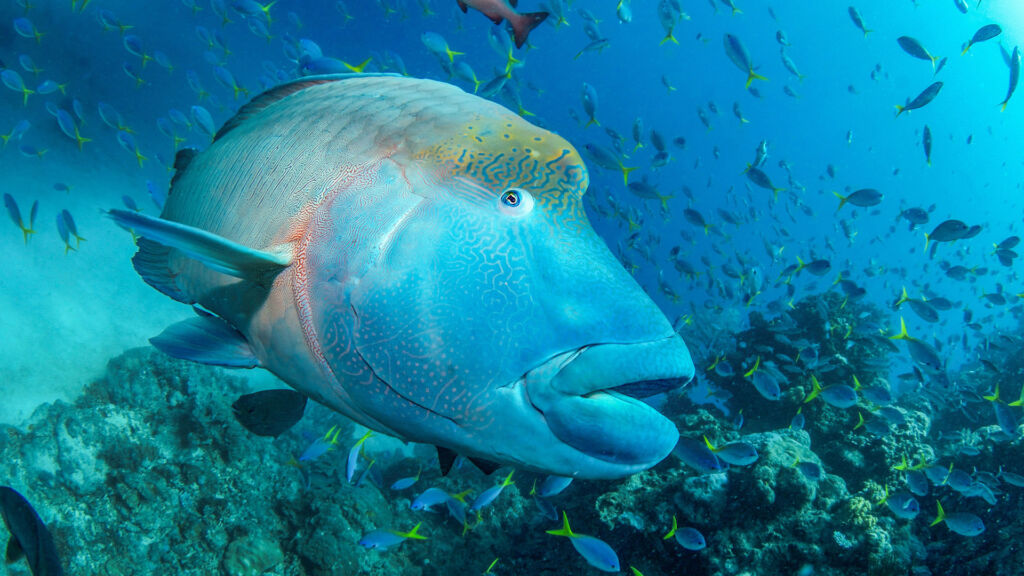Great Barrier Reef
The Great Barrier Reef is one of the most iconic natural wonders of the world, and it is often referred to as the largest living structure on the planet. It is located off the coast of north-eastern Australia and spans over 2,300 kilometres (1,400 miles) along the Queensland coastline. It is made up of over 2,900 individual reefs and 900 islands, and it covers an area of approximately 344,400 square kilometres (133,000 square miles). To put this in perspective, the Great Barrier Reef is about the same size as Japan or Germany.
The Great Barrier Reef is an incredibly diverse ecosystem that supports a vast array of marine life. It is home to over 1,500 species of fish, including clownfish, giant trevally, and barracuda, as well as over 600 species of hard and soft corals. The reef is also home to dozens of species of sharks and rays, including tiger sharks, blacktip reef sharks, and manta rays. Other marine mammals that call the Great Barrier Reef home include dugongs, dolphins, and humpback whales. The reef is also an important breeding and nesting site for sea turtles and seabirds, such as the magnificent frigatebird.
The Great Barrier Reef is a UNESCO World Heritage Site, and it is recognized for its outstanding universal value. It is one of the most important natural ecosystems on the planet, and it is a critical source of food, livelihoods, and tourism for the people of Australia. The reef generates an estimated $6 billion in economic activity each year and supports over 64,000 jobs.
Unfortunately, the Great Barrier Reef is facing several significant environmental challenges that threaten its long-term survival. Climate change is one of the most pressing threats, as rising sea temperatures and ocean acidification are causing coral bleaching and death, which can lead to the collapse of entire reef ecosystems. The reef is also facing significant pressures from pollution, overfishing, and coastal development. These threats have resulted in declines in some fish populations and affecting the health of the reef ecosystem.
Despite these challenges, there is still hope for the future of the Great Barrier Reef. Several conservation and restoration efforts are underway, including initiatives to reduce pollution, promote sustainable fishing practices, and restore damaged reef habitats. These efforts are critical for ensuring that the Great Barrier Reef can continue to thrive and provide important benefits to the people and wildlife of Australia for generations to come.



